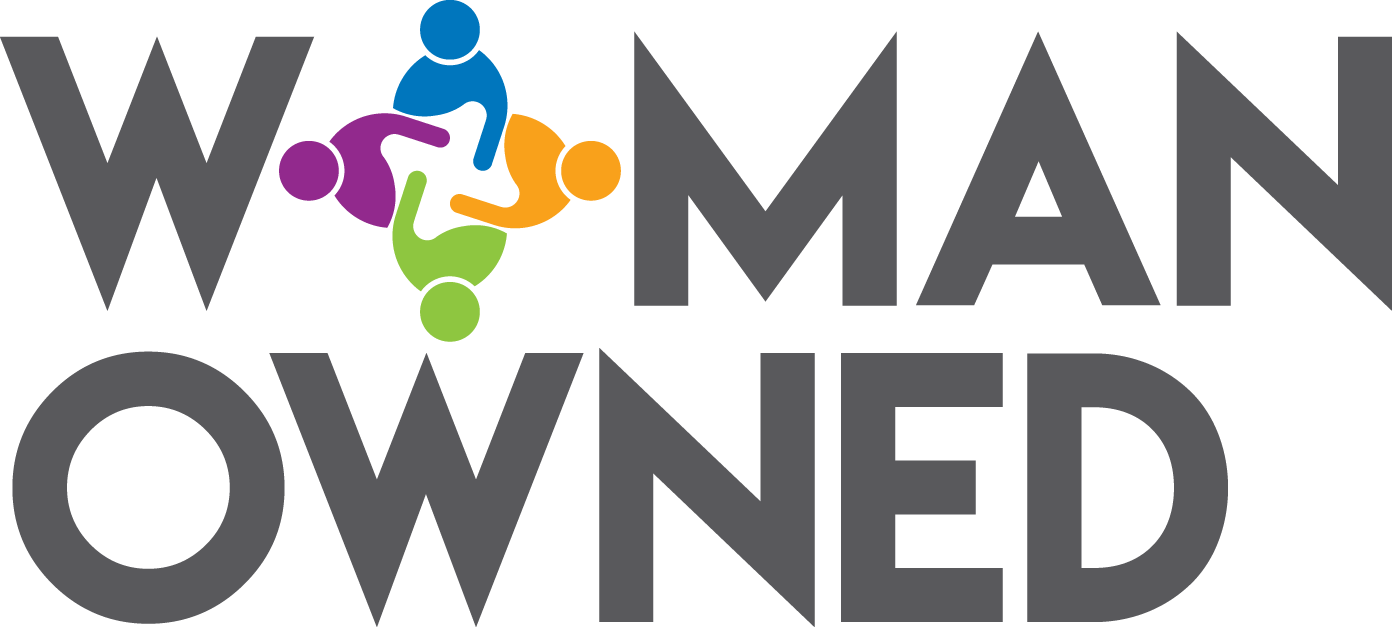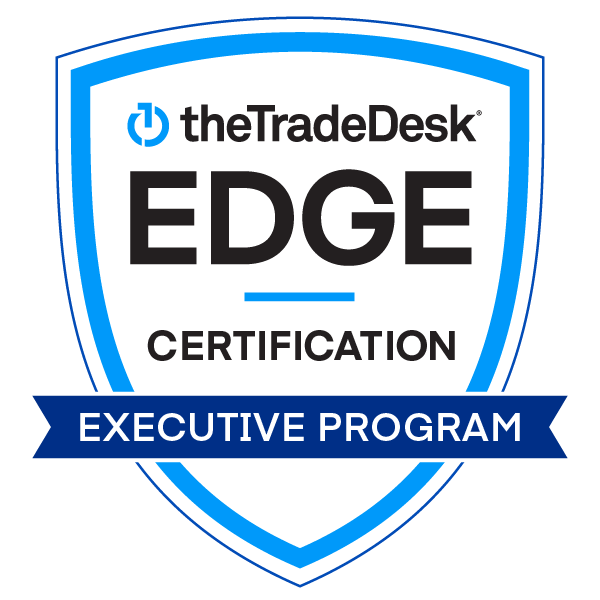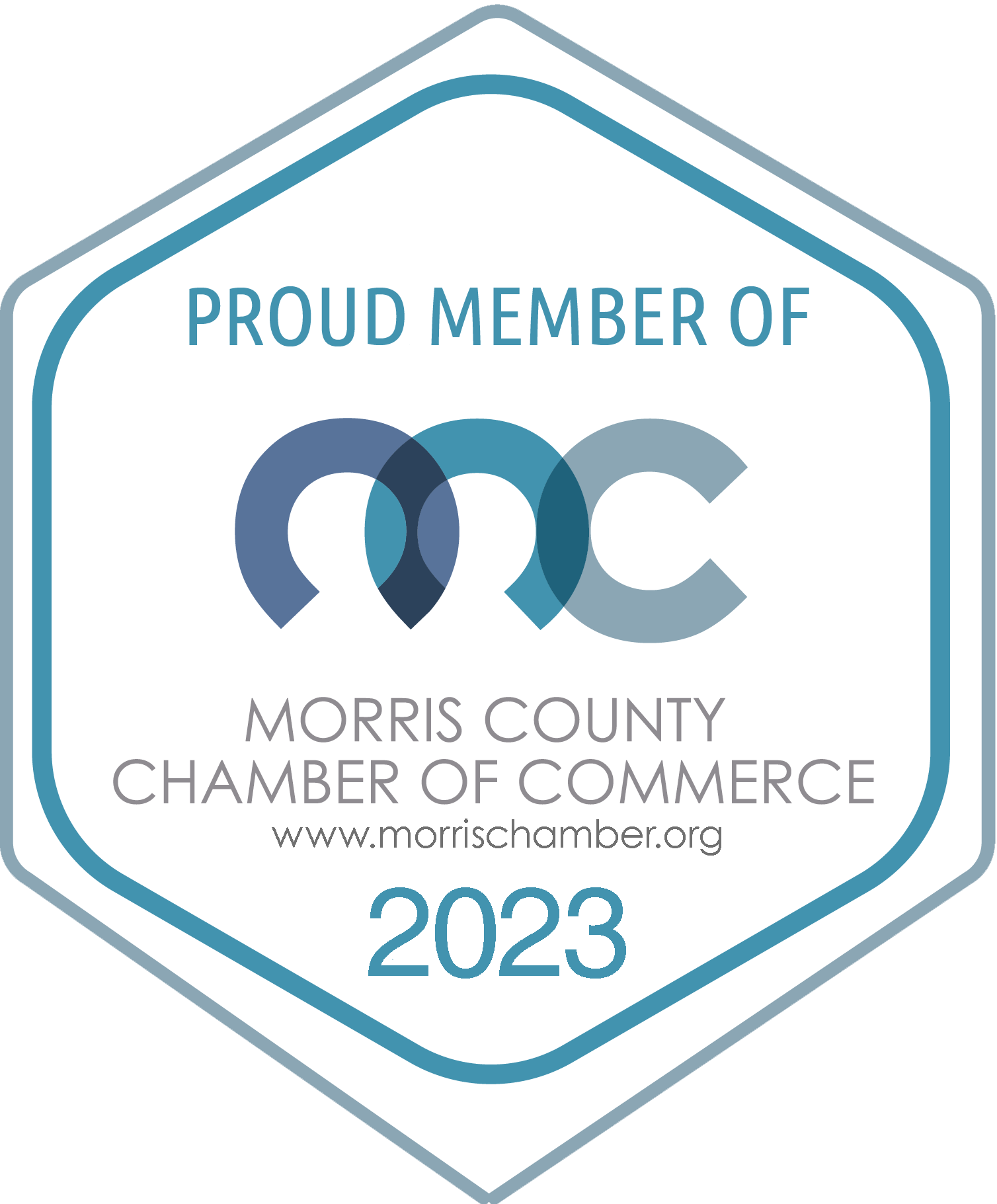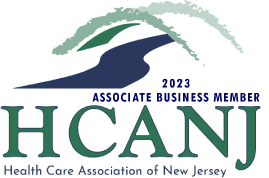 While we’re all adjusting to a new normal of remote work and virtual classrooms during the COVID pandemic, social media can be an important connection to family and friends. A Harris Poll conducted between late March and early May found that between 46% and 51% of US adults were using social media more since the outbreak began.
While we’re all adjusting to a new normal of remote work and virtual classrooms during the COVID pandemic, social media can be an important connection to family and friends. A Harris Poll conducted between late March and early May found that between 46% and 51% of US adults were using social media more since the outbreak began.
2020 has been a tough year for all of us, and not any easier with the untimely loss of friends and colleagues. Imagine my surprise when receiving status updates for the recently departed. Thirty million Facebook users died in the first 8 years of its existence and statisticians tell us that the dead will soon outnumber the living on Facebook according to this article on loop.com.
This has become such a big issue that we now have the FADA (Fiduciary Access to Digital Assets Act) which was set in place to extend the traditional power of a fiduciary to manage tangible property to include management of digital assets. So far, 25 states have enacted some version of FADA.
We should all take basic steps to get our digital affairs in order:
- Make sure you have computer passwords, phone passcodes, etc. safely stored and accessible to trusted family/friends.
- Have online usernames and passwords in a secure location for a trusted contact/executor. At a minimum, make sure they are written down in a safe place but do consider a reputable password manager software. Consider Roboform, 1Password, Lastpass. Your unique situation can determine if a free solution works or you need something more robust in a paid subscription.
- Establish a legacy contact on Facebook and other sites that allow it. A legacy contact can make decisions about memorializing your profile, how to respond to tributes, or to request removal of the profile.
- Include a ‘digital estate plan’ with your will and power of attorney.
COVID also left 40 million Americans unemployed at least temporarily. As those job seekers look for new opportunities, many turn to LinkedIn for networking. This can be more difficult with many outdated profiles on LinkedIn. I’ve seen many examples of people who start fresh when leaving one employer. That may be because a profile was “hacked” or they didn’t want to be identified with a bad experience, or simple oversight. These dormant profiles may seem like no big deal, but I would worry about them being bait for hackers who know you aren’t paying attention. If you don’t want to update/maintain a profile from a previous employer, you can delete/deactivate. Here’s a link to instructions on how to do that, even if you don’t have access to the original email account or password. It’s a little dated but should help.
I’ve been hearing a lot of buzz about the Netflix documentary The Social Dilemma. It’s supposed to be quite eye-opening to concepts of technology addiction, social engineering, and surveillance capitalism. Yowza! If you’ve seen it, share some feedback. I will be watching in the next few days and look forward to the discussion.
Here are a few links if you’d like to research further:
https://beyond.life/help-centre/admin-legal/social-media-accounts-loved-one-dies/
https://www.nytimes.com/wirecutter/blog/get-your-digital-accounts-ready-in-case-of-death/
https://www.pcmag.com/how-to/how-to-prepare-your-digital-life-for-your-death



 TikTok is relatively new to the social media landscape. And it could be gone next month.
TikTok is relatively new to the social media landscape. And it could be gone next month.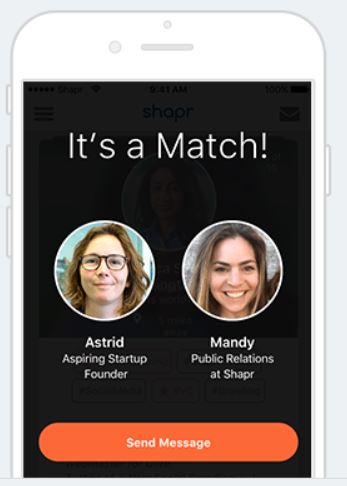
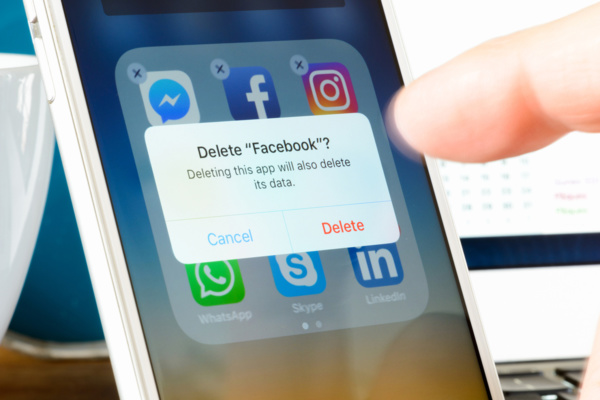


 In the world of recruitment, we use the terms “Active and Passive Job Seeker,” to differentiate between people who are actively searching for jobs, whether out of work or ready for a change, and those who are currently employed, but may be convinced to consider another opportunity.
In the world of recruitment, we use the terms “Active and Passive Job Seeker,” to differentiate between people who are actively searching for jobs, whether out of work or ready for a change, and those who are currently employed, but may be convinced to consider another opportunity.